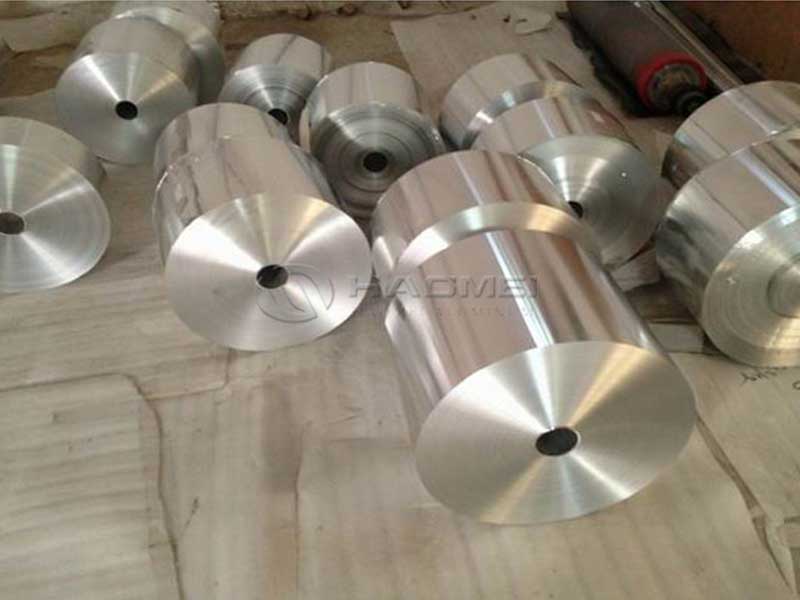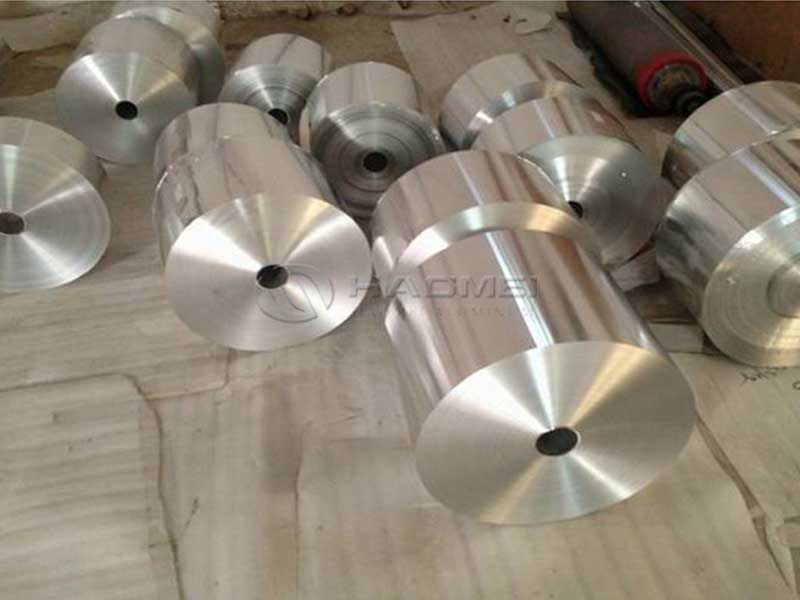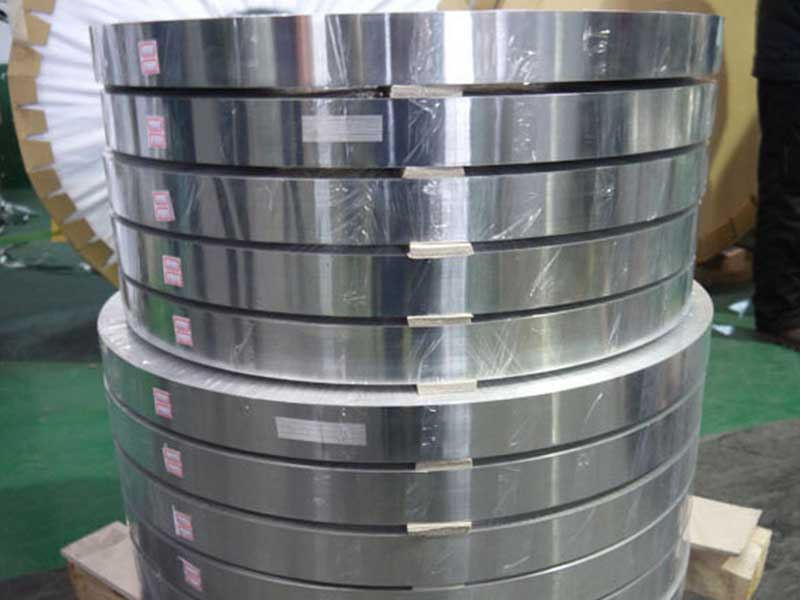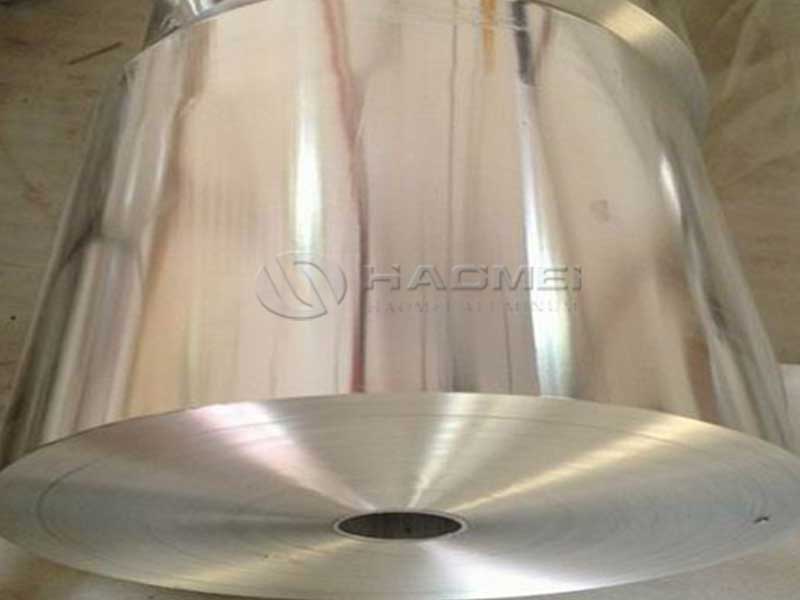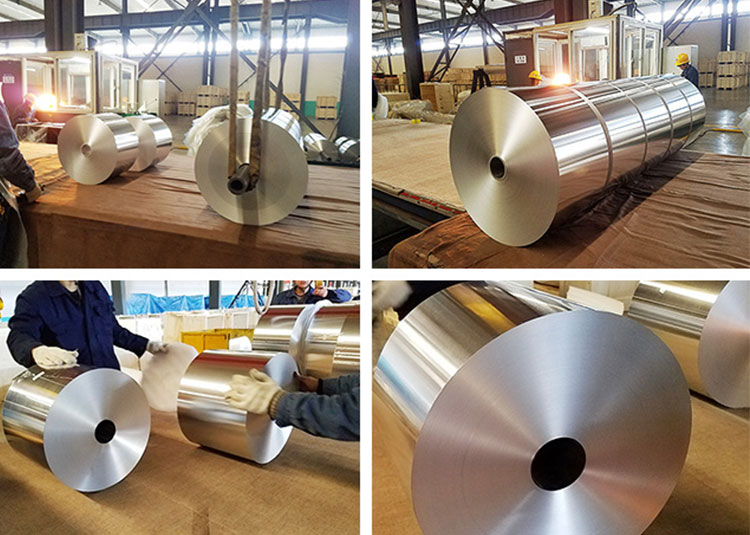Hydrophilic Aluminium Foil Fin for Air
In the landscape of modern HVAC (Heating, Ventilation, and Air Conditioning) systems and industrial applications, the implementation of hydrophilic aluminium foil fins is becoming increasingly prominent. Renowned for their efficiency and performance, these unique components afford several advantages over their traditional fin counterparts.
What are Hydrophilic Aluminium Foil Fins?
Hydrophilic aluminum foil fins are aluminium profiles designed to improve the condensation and water drainage process in heat exchangers and evaporators. Coated with a hydrophilic material, these fins inhibit the accumulation of water droplets, thereby enhancing thermal transfer and overall HVAC efficiency. The functionality of these fins relies heavily on their unique surfaces, which facilitate effective heat exchange conditions by spreading moisture across a larger surface area rather than allowing it to form droplets that disturb airflow.
Benefits of Hydrophilic Aluminium Foil Fins
Increased Heat Transfer Efficiency: The primary purpose of hydrophilic aluminum fins is to draw water uniformly over the surface. This mechanism minimizes the thermal boundary layer of stagnant air that occurs when droplets accumulate, leading to better heat transfer.
Improved Moisture Management: Their hydrophilic properties attract moisture, hence reducing water pooling and promoting enhanced water evaporation. This sensitivity prevents issues such as scaling that can diminish performance over time.
Enhanced Durability: Aluminum's inherent resistance to corrosion, when combined with the hydrophilic coating, results in components that are particularly robust against services commonly found in air systems, thereby meriting longevity and reliability.
Application Adaptability: Their finned design allows for easy customization, which means manufacturers can produce them in various dimensions and configurations, effectively catering to numerous industrial requirements.
Applications
HVAC Systems: The predominant application, fostering enhanced domestic and commercial heating and cooling systems. Their efficient performance reduces overall energy consumption, aligning with modern energy efficiency standards.
Refrigeration Equipment: Essential in commercial refrigeration, optimizing the cool air delivery needed to keep perishables at proper temperatures.
Chillers and Heat Exchangers: Due to their efficiency at transferring heat, they are critical in balancing energy flow in industrial heat exchangers and chillers.
Condensing Units: Employed in the design of condensing units to maintain optimal performance and minimize water damage risk.
Technical Details
To fully appreciate hydrophilic Aluminium Foil fin performance, one must understand proper technical specifications that guarantee effectiveness. Below are technical parameters along with a representative table.
Implementation Standards
Hydrophilic aluminium foil fins often adhere to ISO 9001 standards, which ensure consistent quality, and performance rated under various internationally recognized standard environments.
Alloy and Tempering Conditions
The standard aluminum alloy grades employed are 3003 and Al-Fin with differing tempering, contributing to fluid-control characteristics:
- 3003 Series:
- Temper: H14
- Form: Workable and excellent strength with better than average corrosion resistance.
- Al-Fin:
- Temper: H24
- Characteristic: Best for thin applications needing great formability and ensuring enhanced property interaction with hydrophilic coatings.
Chemical Properties Table
| Property | Alloy (3003) | Alloy (Al-Fin) |
|---|---|---|
| Density (g/cm³) | 2.68 | 2.70 |
| Melting Point (°C) | 660 | 660 |
| Yield Strength (MPa) | 130 - 240 | 150 - 250 |
| Elongation (%) | 10-20 | 11-18 |
| Thermal Conductivity | 168 W/mK | 180 W/mK |
https://www.al-alloy.com/a/hydrophilic-aluminium-foil-fin-for-air.html


